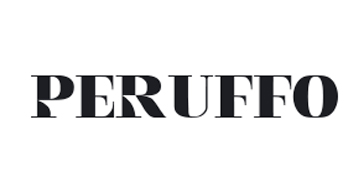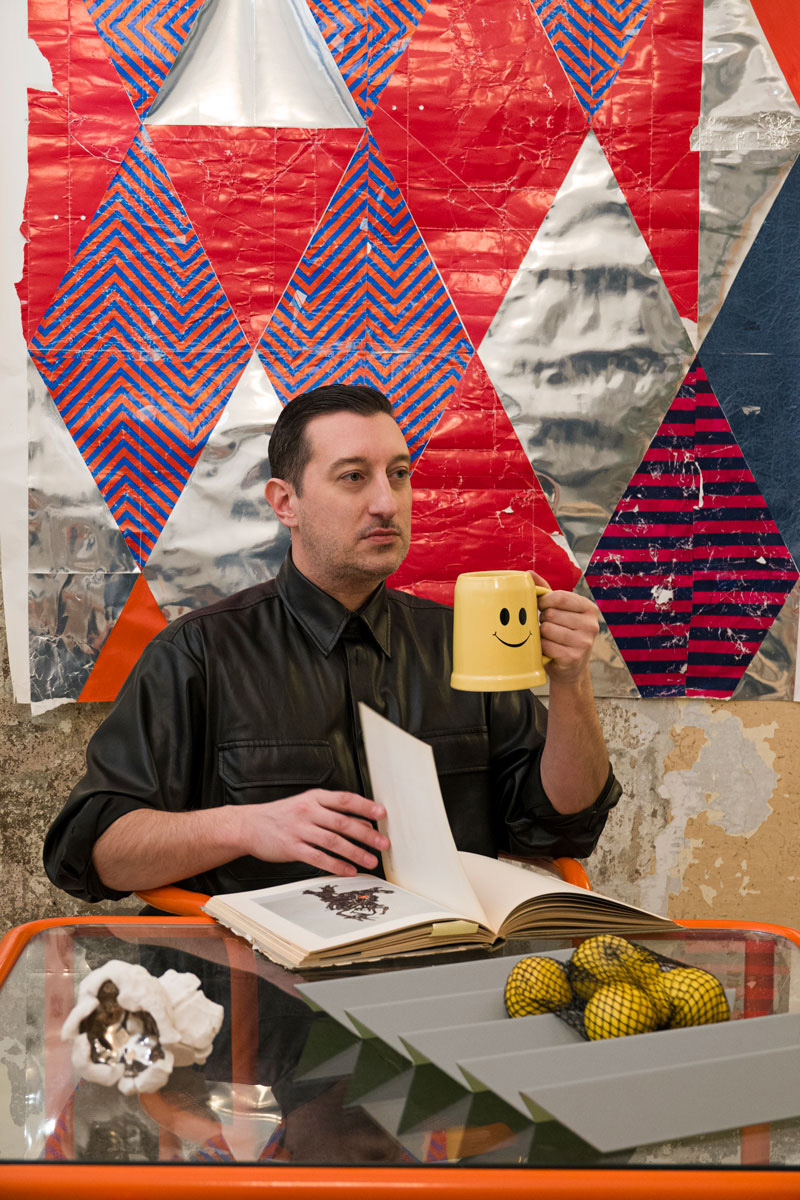
photo: casamenù
We meet the Lombard artist Paolo Gonzato just a few days after his exhibition, Out of Stock (Ex Libris), in a secret and precious location: the home of an antiquarian and contemporary art collector in the heart of Milan. He told us how he approaches art and design, of his poetics and of his past, present and future projects.
When do you feel you are expressing yourself in the most complete way?
When concealing, when my job is a challenge and is less recognizable.
If you had to choose a symbol to represent you what would it be?
The monster-face emoticon.
Overturning the rules: if you could, what rule would you like to break up?
None, I actually would put up more rules, people creating a transgressive image for themselves are unknowingly ridiculous. Maybe I would change the rules of nature… nature is perfect only when is wild.
Your most successful project and your personal way of designing…
None, I’m a perfectionist, you always can do worse… and I aim for disaster. A project must be open, confused, you must be able to modify it both while working on it and when you’ve finished it. To design is to transfer an idea, which is not static by nature.
What is the material for you?
An entity provided with its own physical consistency, endowed with weight and inertia, capable of adapting to a form; each time conceived as a concrete and differentiated substrate of objects and substances (the material of that statuette Is precious; a coloring material/dyestuff), or as a principle considered passive with respect to the form (Aristotle defined the individual as a synolon of matter and form), or antagonistically opposed to spirit, especially in the Christian concept (the spiritual must prevail on the material).
An intimate, precious exhibition, titled Out of Stock (Ex Libris) and curated by Fabrizio Meris, just opened in Milan: can you tell us something about that?
The new series of works on paper Out of Stock (Ex Libris) comes out, as for other aspects of my practice, from the combination of casual elements, in this case from the fortuitous finding in an auction sale of an assortment of materials, among them two important nineteenth-century publications: a volume of the History of Art by the French historian Jean Baptiste L. G. Seroux d’Agincourt (Beauvais, 1730 – Rome, 1814) and an illustrated edition of Homer’s Iliad by the English sculptor John Flaxman (York, 1755 – London, 1826). The other fortuitous element was the encounter with a Milanese collector of Italian art of the ‘900 with an eclectic taste, who stratified in his apartment objects and works going from Baroque to the present day. These elements inspired me to rethink the codes of my work, inviting me first to isolate them and then to assemble them in a new order, creating works that could have their own internal dialogue between historically distant aesthetical movements, and that could find an almost specular balance in their containing space.
Regarding materials and this exhibition, in these works we see a peculiar use of precious materials: can you tell us more?
The choice of using precious materials such as 23 karats gold has the purpose of bringing the attention of the distracted audience back to the evocative power of the image through an almost philological path. The tables are in fact chalcographs, engraved prints on copper plates, from which I thought of intervene using metal leaves. The brilliance of gold, silver and copper enters in a dialogue with the engraved iconographies, themselves witnessing of centuries even more ancient, implementing their meaning in the present day, as it happens in one of the works, in which golden diamonds overlap a collection of antique coins and cameos.
You often find yourself relating to design: how this union come about, and what developments do you think it could have in the course of your career?
Design is an implicit component in my work, made of references to the masters of the twentieth century. What excites me is the postmodern philosophy of fluid appropriation and reformulation: what I do is not to define a territory but to explore them all together.
A contemporary artist and a designer that you consider significant, and why.
The late Alessandro Mendini summarizes both figures, a subtly ambiguous research that reflects on the encroaching of scopes and mind forms, an idol of mine ever since.
A short-term and a long-term project that you would like to realize.
I will work in Liguria with the 87-year-old ceramist who made the works of Lucio Fontana, Giovanni Poggi, the founder of Ceramiche San Giorgio in Albisola… I’ve been working a lot with ceramics for a few years now, and I would like to gather all this material in an exhibition.
Paolo Gonzato works and lives in Milan. His work has always been transversal, with references to design and production; in this scope, he is the creative director of the LOLLIPOP project for the APALAZZO gallery. His works are found in private and public collections, with participations in national and international exhibitions; he is currently participating in a review of Italian painting in China at the Peninsula Art Museum in Weihai, Shandong. Among past participations: NO SOUL FOR SALE at the Tate Modern in London, several projects in the Biennale of Art and the Biennale of Architecture in Venice and in the Berlin Biennale. He has been selected for a Japanese government program, JAPAN BRAND, with a residence in Tokyo. He held workshops and participated in editorial projects. He has had independent curatorial experiences, having participated in numerous projects in the non-profit sector. For FIORUCCI ART TRUST and others, he developed performances/DJ sets and various site-specific interventions.
– Interview by Federica Tattoli
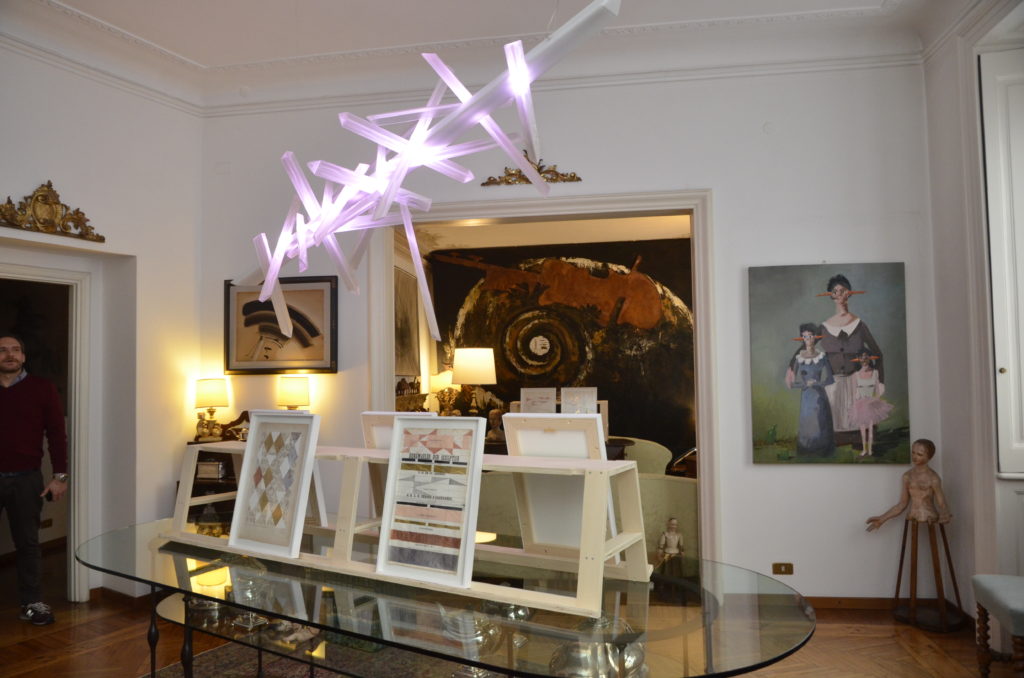
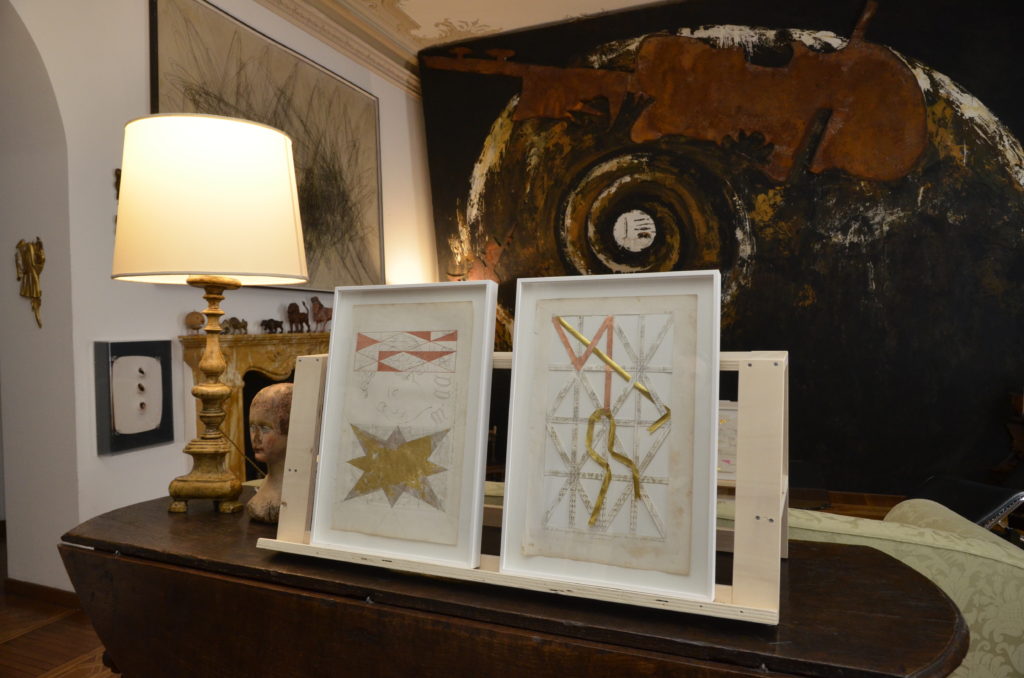
Out of Stock (Ex libris) exhibition view
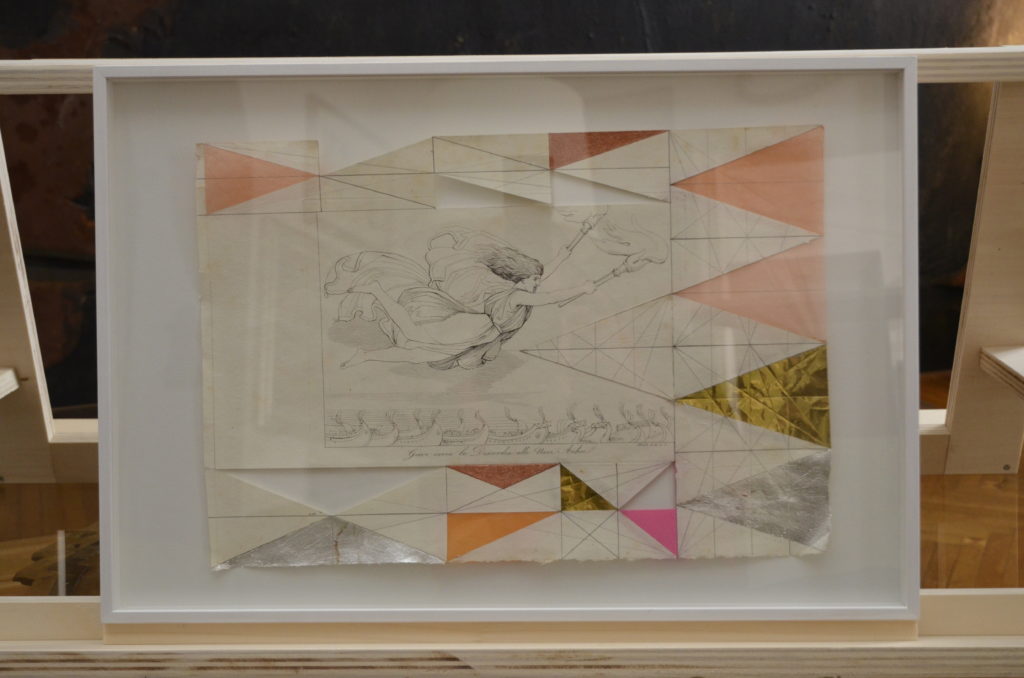
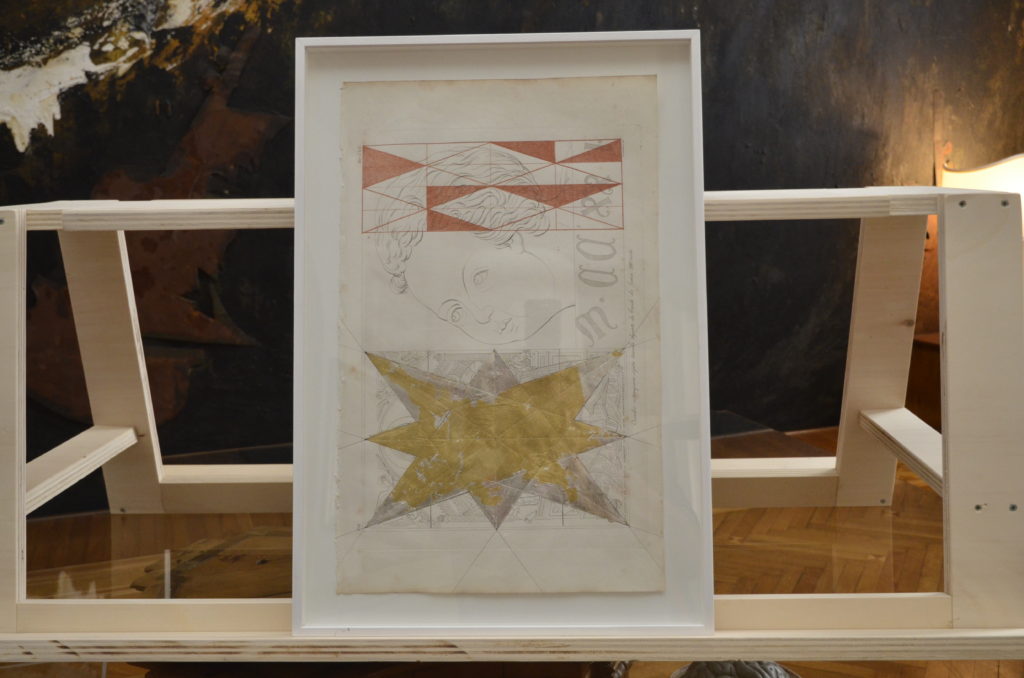
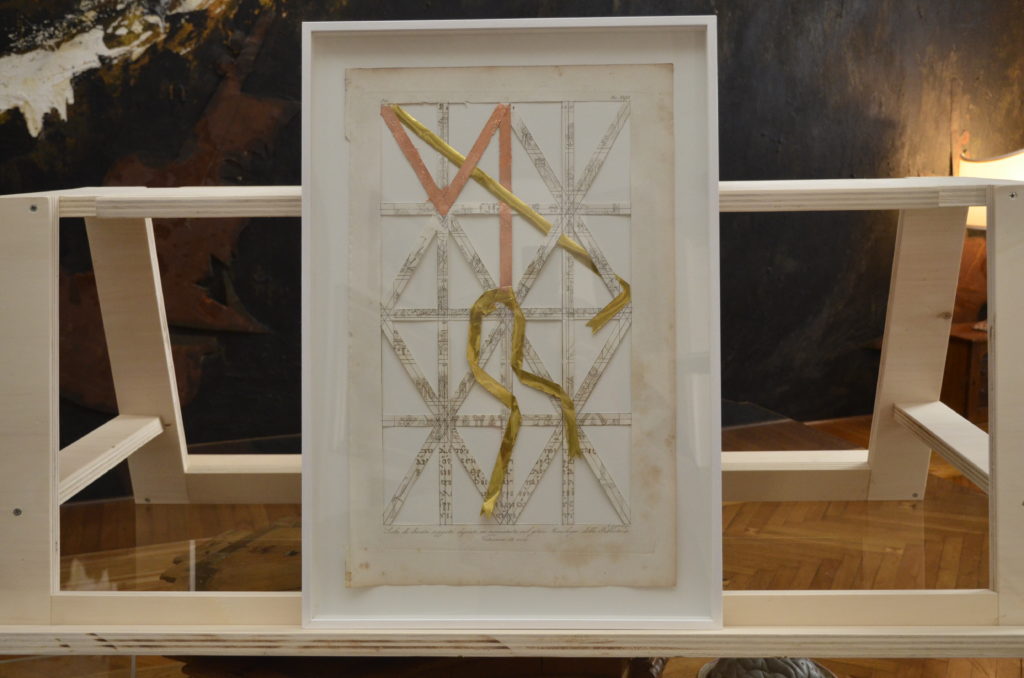
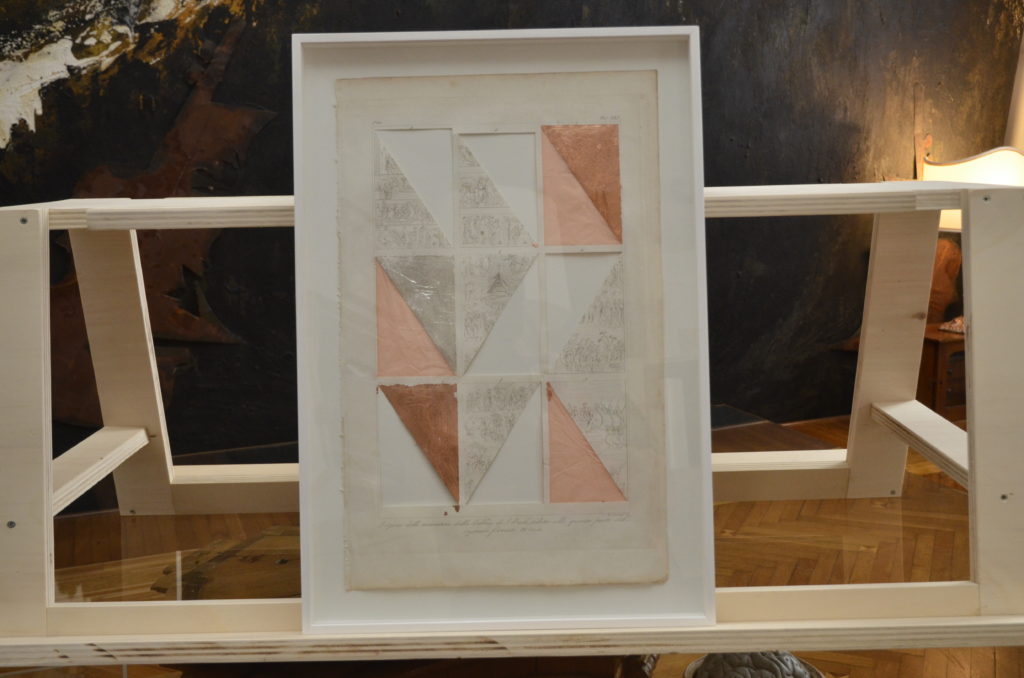
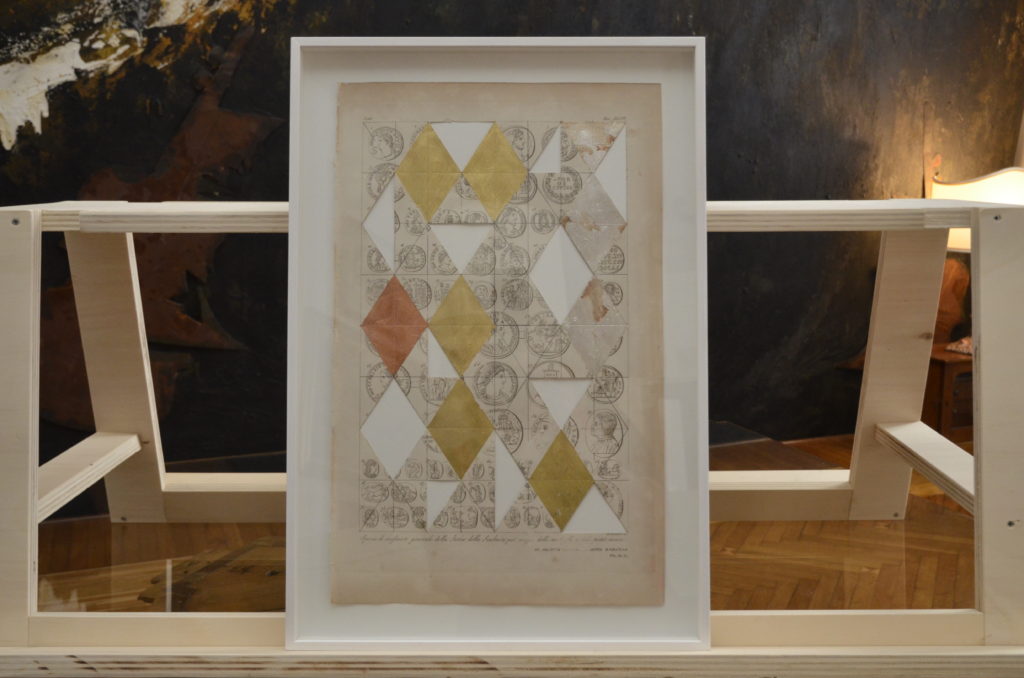
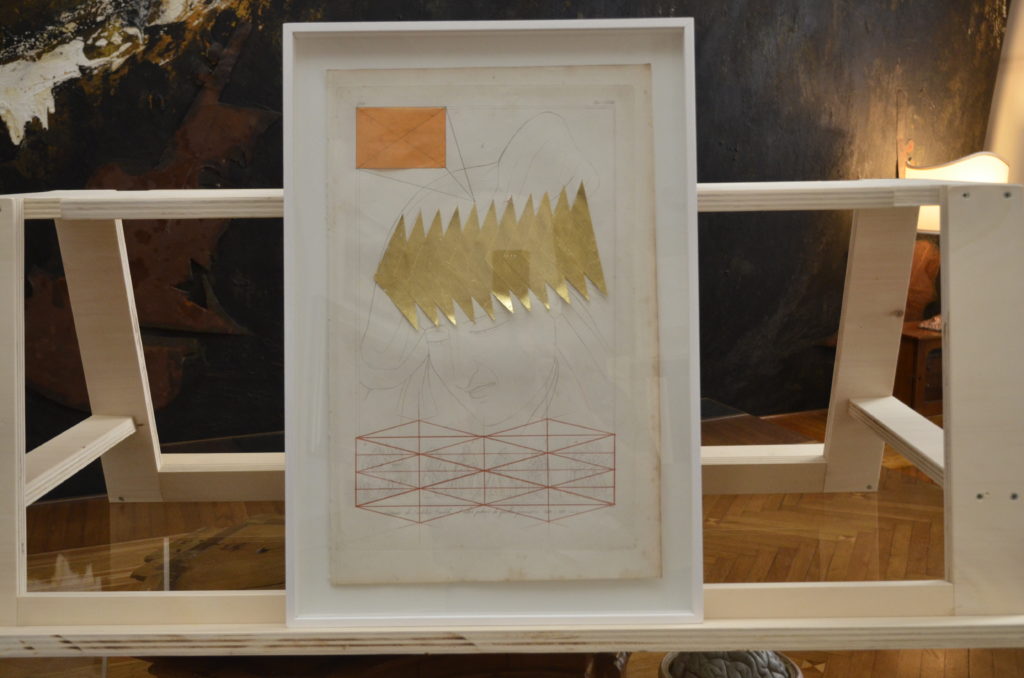
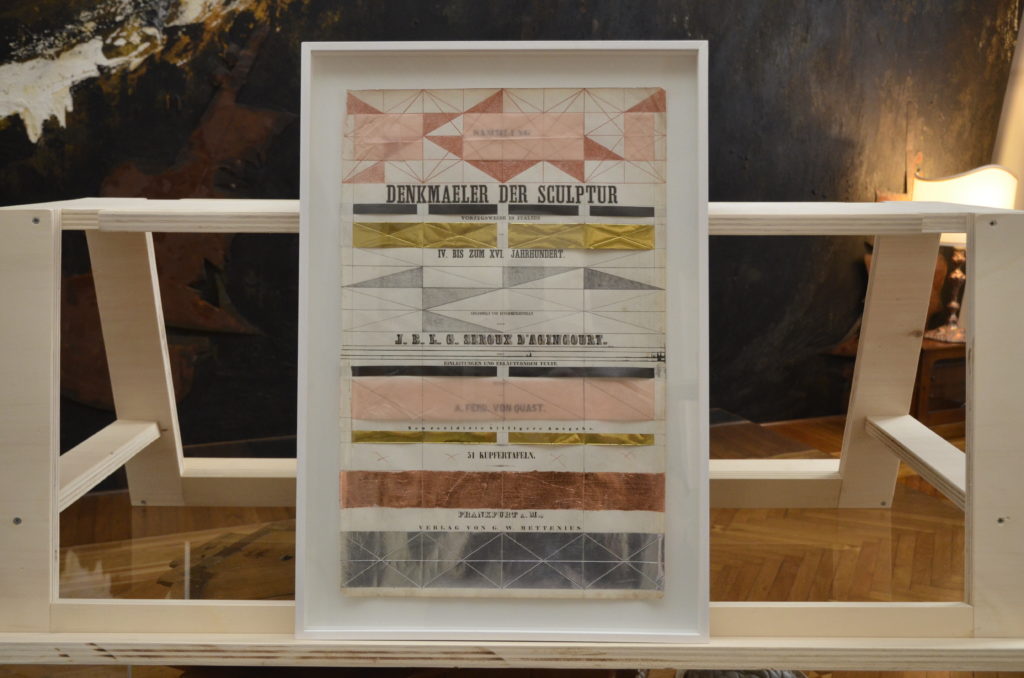
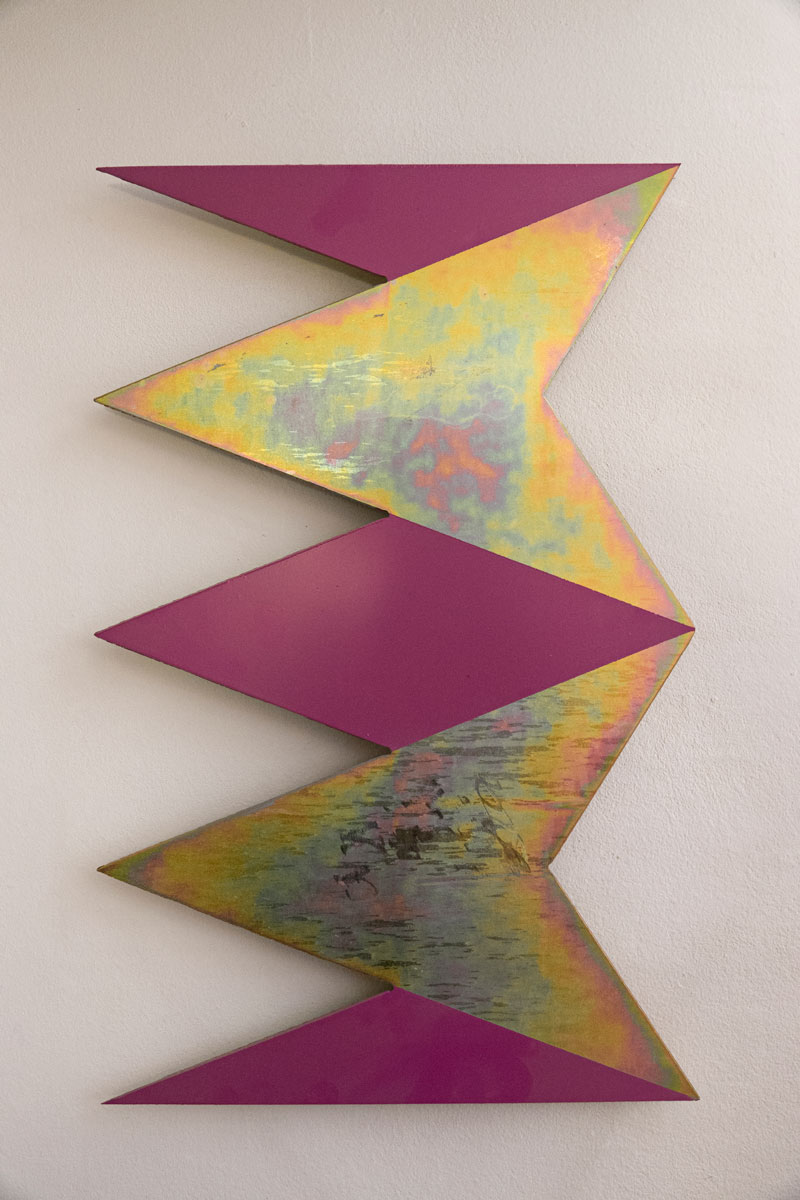
OUT Of Stock, 2017 – Enamel on iron, Courtesy Apalazzo Gallery
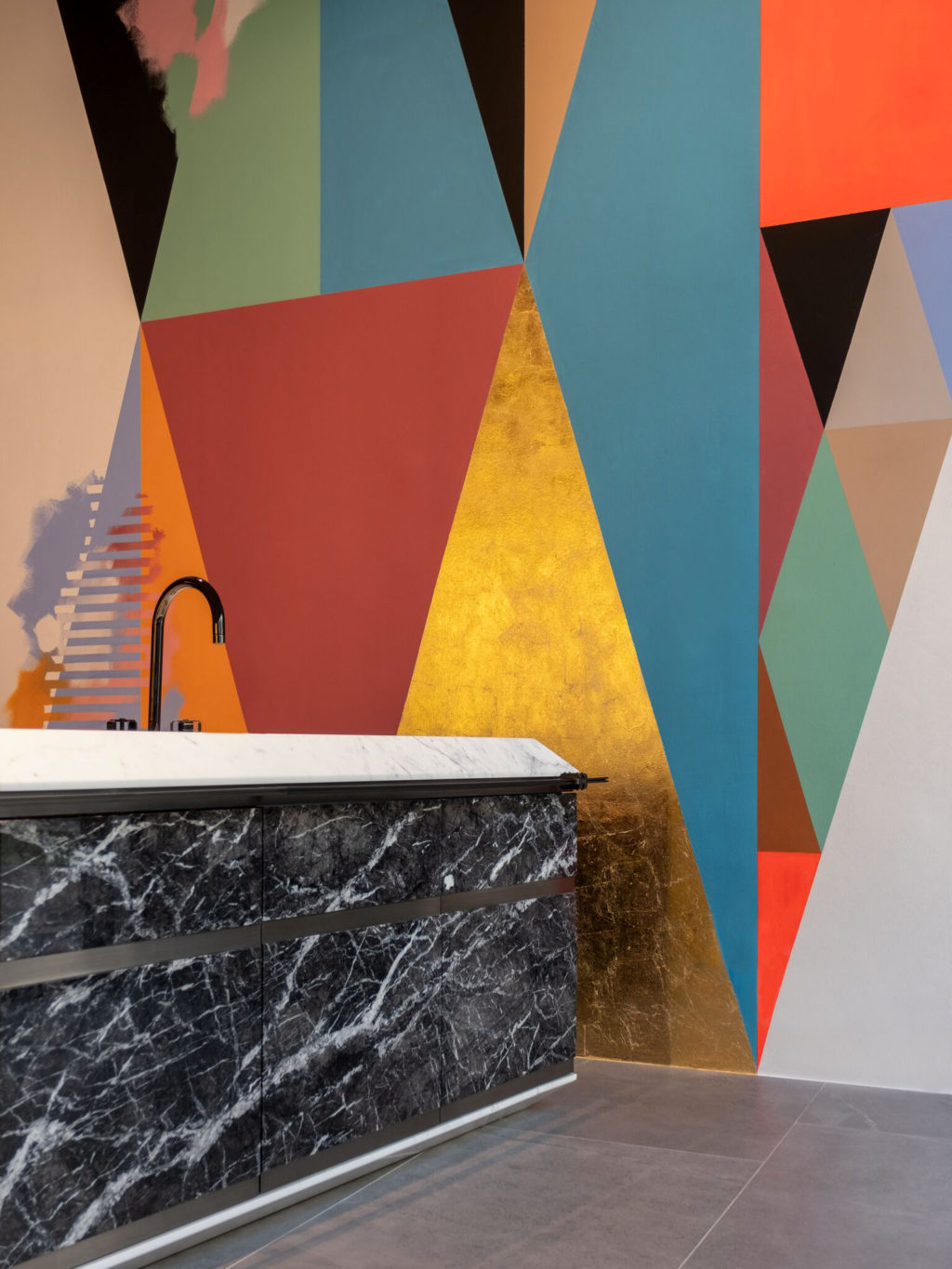
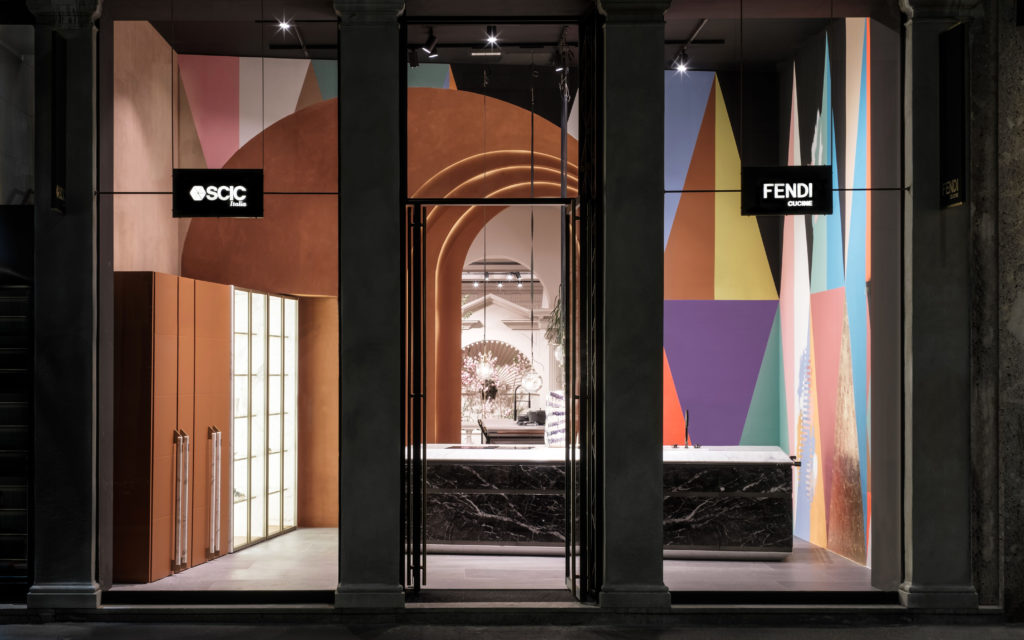
Out Of Stock, 2019 – Wall painting site specific per SCIC, Courtesy Apalazzo Gallery

